The prevalence of Diabetes Mellitus and, particularly, type 2 diabetes (T2D) is increasing every year worldwide. Therefore, changed glucose homeostasis is associated with altered gut microbiota and with the development of type 2 diabetes mellitus (T2DM) and related complications. Among other concerns, an important aspect within this issue is the reversion of dysbiosis reported to be present in T2D patients, in which diet plays a key role, and particularly dietary fiber has shown a promising position. beta-glucans are heterogeneous non-starch polysaccharides, constituted by D-glucose monomers linked through different beta-glycosidic bonds, and changes in their structure or molecular weight affect the expressed biological properties. They appear in certain cereals, yeasts, or mushrooms and are widely known by their hypocholesterolemia effect. This study explored the current knowledge on the potential of beta-glucans to modulate glucose homeostasis due to their prebiotic action, by performing a bibliometric analysis using the VOSviewer software and a narrative review. The bibliometric analysis showed that, despite the high number of references dealing with beta-glucan and diabetes, there are few articles on glucans, diabetes, and intestinal dysbiosis. The detailed study on preclinical studies and clinical trials conducted during the last decade showed an improvement in glucose homeostasis due to beta-glucan supplementation, studies on biochemical markers, and gut microbiota, and beta-glucan are scarce. Nevertheless, existing data showed, both in animals and humans, a tendency towards an increase in beneficial bacteria and in the production of short-chain fat acids (SCFAs), particularly butyric acid. These aspects should be confirmed in the years to come to establish clear recommendations for.. -glucan as a prebiotic coadjutant in the management of Diabetes Mellitus.
- Autor/es: Katia Sivieri , Sonia Mariza de Oliveiraa , Audrey de Souza Marquez, Jara Pérez-Jiménez, Susana Nogueira Diniz
- Año de publicación: 2022
- País: Brasil
- Idioma: Ingles
- Fuente de indexación: WOS



